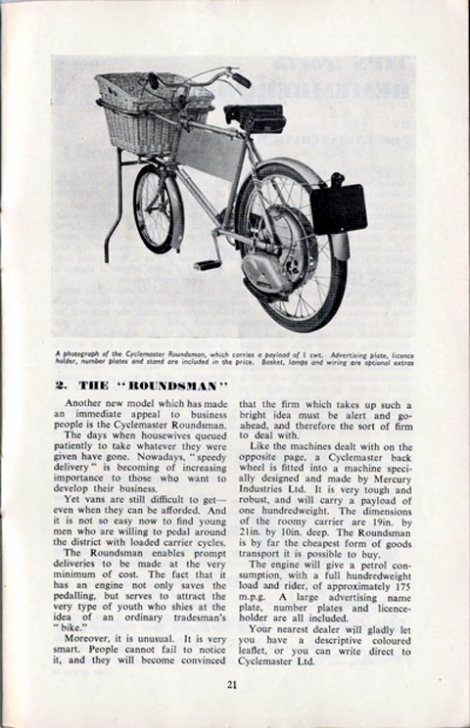1938 Elswick Hopper Gents Bicycle

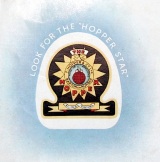
I like this bicycle a lot. It’s good to ride and, of course, it’s in my favourite state – cosmetically excellent but unrestored.

I’ve had a few Elswicks, and I think their qualities are quite underrated. Though, if I analyze it, what I probably like in particular about them is, as well as good rideability, a profusion of logos and transfers scattered around their frames. On all the Elswick Hoppers I’ve owned, these have always been intact.

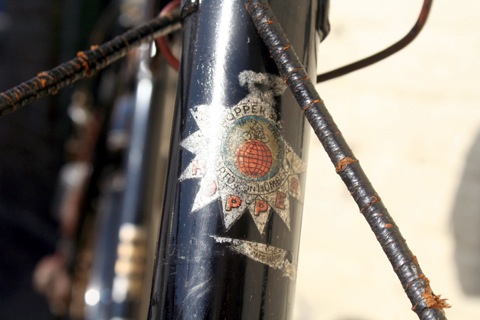
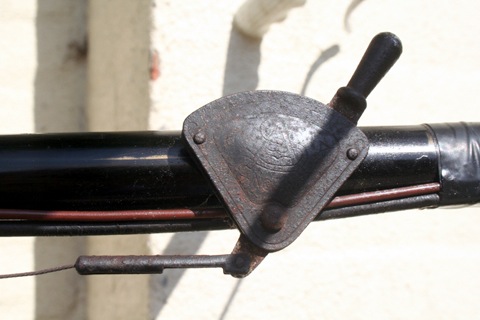

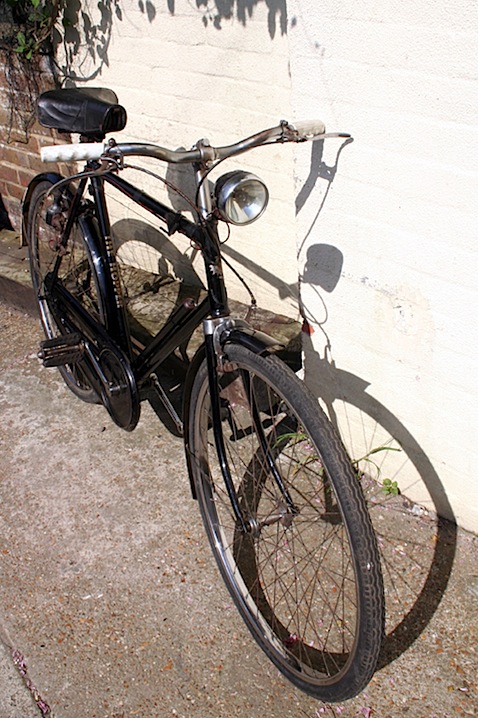
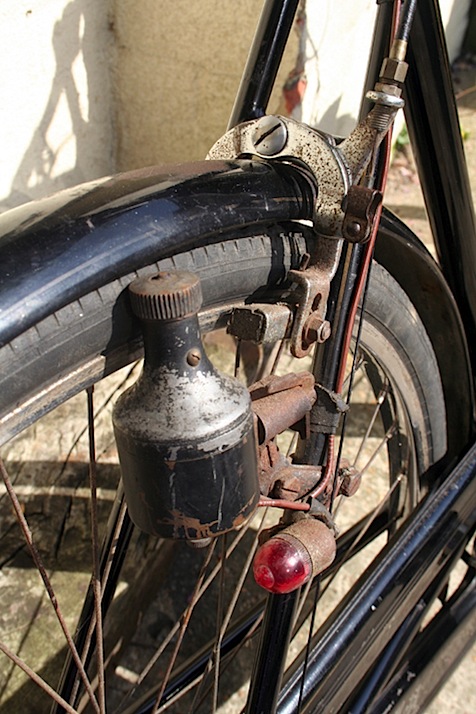

*********************************************************************************
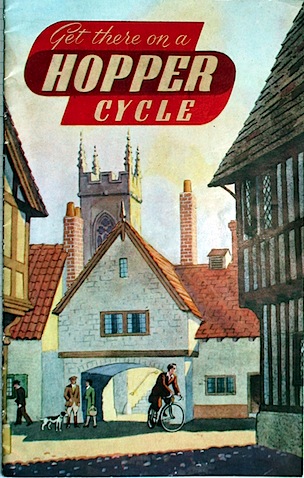
ELSWICK HOPPER: HISTORY
The story begins close to the River Humber in 1880, when Fred Hopper opened a Whitesmith’s shop in Brigg Road, Barton on Humber. He was born in 1859, the son of a local tallow chandler and served an apprenticeship in Hull and at Marshall’s in Gainsborough. He worked on a variety of machinery repairs for local businesses, including the tile and brick works and soon developed an interest in bicycles, firstly by repairing them, then by selling both Singer and Humber models and finally by making frames and complete bicycles. The 1880’s were a time of rapid development in bicycle design when the Safety model took over from the penny-farthing in popularity. The workshop on Brigg Road expanded into adjacent buildings, but money for major development was not available. In 1896, Fred sold his business to an investment company, which retained him as manager of the renamed A.B.C. Cycle Fittings Company Ltd. This did not work out and he left within the year to set up a new factory in Butts Road at the North end of the town, called the Hull and Barton Cycle Manufacturing Company. In this business he was assisted by several prominent Hull and Barton investors, who were clearly impressed by his ambitions to become a major manufacturer. Meanwhile, the long-running “bicycle boom” came to an end and the A.B.C Cycle Fittings Company went into liquidation. Thus, in 1898, Fred and his partners bought back the original business, which was resumed trading as F. Hopper & Co. in December 1898.
Over the following 14 years the business grew dramatically, thanks to Fred’s ingenuity as an engineer and due to the efforts of his salesmen in developing both a domestic and an export market for their products. Though far from the main manufacturing centres in the Midlands, Barton had the advantage of a cheaper work force and easy access to the port of Hull for reaching the export markets. Fred invested heavily in new technology and was using liquid brazing in 1904 and had developed and installed his own design of electric stove enamelling ovens by 1908. He also saw the potential of motor cycles and was an early importer of NSU machines from Germany, subsequently basing his own Torpedo motorcycle on the NSU design, but using bought-in engines. Always planning ahead he ventured into car assembly on a small scale in 1907. All this expansion meant that the work force had grown to 400 in 1905 and to 800 by 1912. This involved considerable investment in factory buildings and office accommodation and the main production centre was transferred to a grass roots development called St Mary’s Works off Marsh Lane. This factory was built with the best lighting and tools available and the employees conditions were also considered with the creation of a social club that included a reading room as well as bath facilities. This was at a time when bathrooms did not exist in many homes.
The administrative centre remained in Brigg Road at the offices built in 1905, still standing opposite the George Hotel. Packing also remained at Brigg Road, which made it necessary to transport finished goods through town on horse-drawn “rullies” and back again to the railway station in crates.
The patents, trademarks and goodwill of the bankrupt Elswick Cycle Company of Newcastle were bought in 1910 and Fred and his partners decided to manufacture and market under the separate brands of Hopper and Elswick, using different dealers to give greater market penetration. Unfortunately, all this required more capital than the Company could raise through share offers on the London market and eventually the Banks became so concerned at the growing level of overdrafts that they called in a Receiver in 1913. This was at the end of a year when Fred Hopper and his partners had struggled hard to attract investors and it must have been a bitter blow when the Receiver took control. However, using the scheme of reconstruction that had already been agreed before the Banks lost confidence, a new company emerged, called The Elswick Hopper Cycle and Motor Company Ltd., first registered in June 1913. The assets of Fred Hopper & Co. and the Elswick Cycle Company were absorbed by the new Company and adequate funding was put in place.
The new company undertook several contracts for the government during the First World War and had to release many of its work force to the Army and Navy, some never to return. Fred died in 1925 at the age of 66, stuck down by a chill that developed complications. He had become a major figure in Barton, was a Justice of the Peace and Lord of the Manor. He had built up a major manufacturing business in the town, which had markets in all parts of the British Empire, in North and South America, in China and even in Japan.
Business continued between the wars, with some tough years during the 1930s depression. Fred Hopper Jr. had taken over as Managing Director, though he did not have the same attributes or interests as his father, leaving the day to day running of the business to the management team. Exports were still a major factor in profitability and the classic roadster remained a firm favourite, especially in Asian and African countries, where it was appreciated for its durability and ruggedness. Indeed, old Elswick and Hopper bicycles can be found still in daily use in many countries. With minimal investment in new equipment the company enjoyed a minor export boom after the Second World War, as most countries had been deprived of products for five years. However, many of the old colonial countries that had previously been importers found that they could produce their own bicycles much cheaper. Tariffs were imposed on bicycles imported from Europe and exports from Barton slowly declined.
New management took control in 1958 and set about halting the slump in earnings. They brought in an Italian design company to develop a new model range and formed a very successful racing team, equipped with the Lincoln Imp racing cycle.
Despite new models and a foray into scooter sales and the moped market through an associate company, profitability declined through the 1960’s and Elswick Hopper started to diversify into other products. Like most bicycle makers at that time they found it increasingly more difficult to compete on price with imports and more and more components were bought overseas for assembly at Barton, although frames were still built in house.
With falling production the company looked for tenants to lease some of the spare buildings and discovered that Coventry Eagle were having to move from their factory in Smethwick, due to redevelopment plans. A deal was struck and for the next 10 years the two operations continued side by side as competitors, with Coventry Eagle changing its name to Falcon in 1970, specialising in racing models.
Elswick Hopper, reluctant to invest in an aging factory, saw an opportunity to buy a modern assembly plant in Alverley, Shropshire, through the acquisition of the old established Wearwell company, which had originated in Wolverhampton in around 1872. In 1972 Falcon also decided that the Barton site was not viable long term and moved part of their production to a redundant, but modern facility in Brigg, just 10 miles south of Barton. Six years later, in 1978, Falcon was acquired by Elswick-Hopper. The next few years saw a further decline in sales of Elswick-Hopper bicycles and growth in the Falcon brand. The logical step was taken to build on the strength of the Falcon name and so the Falcon brand emerged as the successor to the old Hopper companies, with growth continuing through the acquisition of such well-known brands as Claud Butler and more recently, Dawes. Production eventually ceased in Barton in the mid 1980’s, bringing to a close over 100 years of bicycle construction in the town. Barton’s loss was Brigg’s gain and Falcon, as part of the Tandem Group plc, goes from strength to strength.
[http://www.geocities.com/elswick_hopper/CompanyHistory.htm]
******************************
An Elswick Hopper I owned until recently was the Tradesman’s Model W, below. Here’s the description from my sales website, http://www.BuyVintage.co.uk –
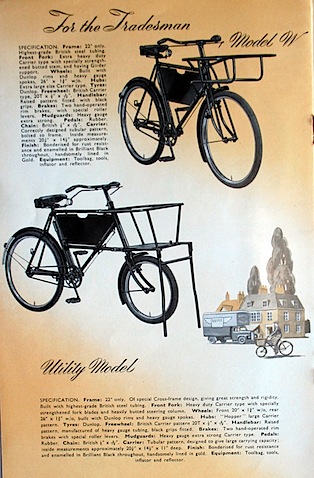

*********************************************************************************
1951 CYCLEMASTER ROUNDSMAN

Elswick Hoppers are a brand of bicycles I like. I already have a 1938 Gents Hopper in my collection, so I jumped on this 1950 Model W Trade Bike when I found it. The wonderful thing about it is the faded original paint and all its badges and decals still there 58 years after it left the factory
I originally bought this Model W for my Cyclemaster Museum. However, I’ve now spent a fortune buying a Roundsman that had been used by the MG factory in Oxford; and I still have another Roundsman fitted with a sidecar. So something has to go….
This Cyclemaster engine starts and runs well. The brakes work. It has a later saddle, but it’s so comfortable for riding that I’ve left it on. I can’t see anything that needs doing to this lovely old machine at a practical level. If I were keeping her, I suppose I’d put on an old Brooks saddle, replace the throttle lever with an older one and add older lights. The rear reflector lens is missing too. Those touches would cost only £20 or £30, maybe less.
This Roundsman is ideal for summer runs, local shows, rallies, steam fairs, etc.
Even with an engine in the back wheel, it still fits onto a car’s cycle-carrier.
Of course, if you really fancied a bit of fun, you could set up your own Cyclemaster Roundsman Delivery Service, just like these adverts.
With a signboard advertising your services it is an excellent (and bargain) way to advertise your business.
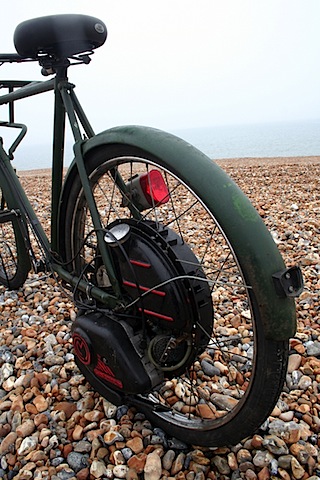

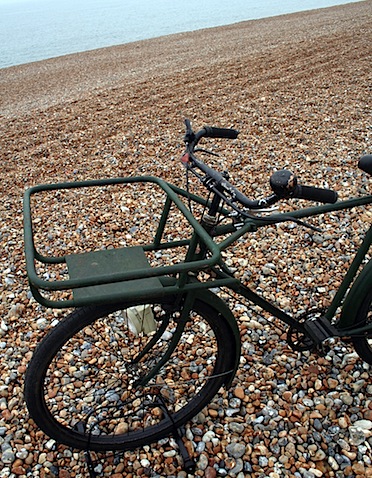




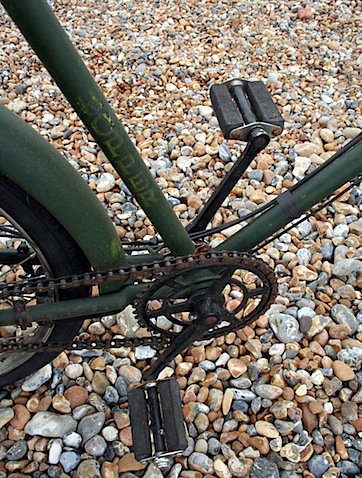

How fascinating – the guarantee on this 1951 Elswick Hopper Model W only ran out 7 years ago!

